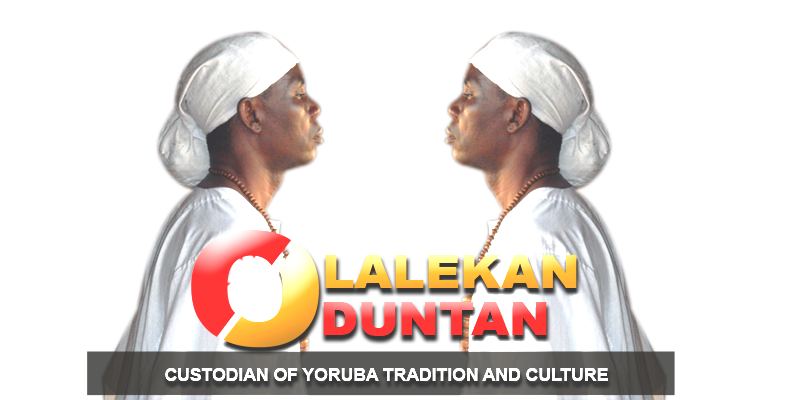In Syria the marriage proposal can be sent by the groom to the parents of the girl requesting for her hand in marriage. Before yes or no, there can be series of negotiations over the various conditions of marriage like bride money called mehr, which are part of pre-marriage conditions from the groom to bride, and some money set aside for her in continuation of her education particularly if she is still a student and so on.
After all the preliminaries the date is fixed for the nikah, which is called wedding ceremony.
The Wedding
The groom along with his nears and dears are welcomed with the beating of drums and huge cheer in the area meant for ceremony. Though the marriage ceremony is held in masjid or a community hall, beginning with the recitation of the Holy Quran, and hymns praising the prophet .Then after the sermon is recited with the terms and conditions of matrimonial contract, the acceptance of it concludes the ceremony though the celebrations go on. The whole expenditure is met by the bridegroom including the wedding party and the dowry to be spent on clothing for the bride.
Even though all this decision happens in the absence of the bride her consent must have been taken beforehand.
Dress
The bride is prepared with beautiful attire which is a flowing garment fully designed with beautiful intricate patters at the borders. Over it, she wears a full wedding cloak covered with a hood. Men wear their long flowing traditional robes with light color.
Alternatively, they may wear western suits which suit the wedding occasions just fine nowadays.
Alternatively, they may wear western suits which suit the wedding occasions just fine nowadays.
Cuisine
The great treat awaits all the guests. if one happens be in attendance during the celebration, then wining and dining are memorable experience. With special recipes like kabab of lambs or beef, baklawa, which is a kind of dessert of baked dough with walnut fillings, eggplant cooked with variety of sauces, spinach pies and much more are the variety of cuisines specially prepared for the event. Reception for the feast may be held at some venues like hotels or halls huge enough to accommodate the guests.The newly weds are cheered as they dance with each other. While all the guests in attendance go home with small packs of traditional "mulabbas" called "almond" covered with sugar or some sweet.
Conclusion Of The Wedding Ceremony
The wedding and partying are concluded as the bride is being escorted by her in-laws to her new home.There is great enthusiasm as the people, friends and all well-wishers join the bride and the groom in prayers for a happy matrimonial life.
Reconstructed by Olalekan Oduntan
*culled from www.allcolorss.blogspot.com























